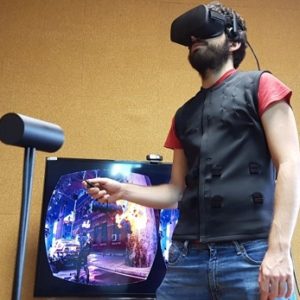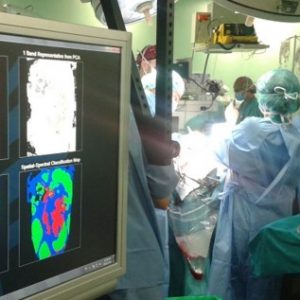About the solution
Using remote monitoring of a person’s intrinsic capacity, POSITIVE provides a technological infrastructure to enable a new organisational model for elderly care – a model that involves all the relevant actors: patient, caregiver and primary and specialised care.
The WHO has defined intrinsic capacity as a composite of all the physical and mental attributes on which an individual can draw, and studies have shown that it is a reliable predictor of a person’s well-being. By monitoring intrinsic capacity, POSITIVE not only provokes a shift in the care setting but also shifts the focus from disease to capacity, from diagnosing diseases to monitoring trajectories across the life course, centring care on the person in an integrated way.
Patients are assessed constantly, and, as needed, a tailored physical activity programme is automatically prescribed to maintain or improve their condition. Caregivers are aware of any decline and can check whether the senior being monitored is alright at any given time. Primary care professionals can process alarms related to dangerous declines of intrinsic capacity and adjust treatments accordingly, with the assistance of a decision support system. As the remote system keeps them in regular contact, primary carers can involve specialised care if needed.
Technological base
- Patients are assessed constantly, and, as needed, a tailored physical activity programme is automatically prescribed to maintain or improve their condition.
- Caregivers are aware of any decline and can check whether the senior being monitored is alright at any given time.
- Primary care professionals can process alarms related to dangerous declines of intrinsic capacity and adjust treatments accordingly, with the assistance of a decision support system.
- As the remote system keeps them in regular contact, primary carers can involve specialised care if needed.
Business challenge
- Extending life expectancy is not as much of a challenge for medical science as it once was.
- The real challenge with our ageing society is to increase the quality of life of the years to be lived.
- Preventing disability is crucial to achieve such goal. To do this a paradigm change is needed to shift the focus from disease to capacity, from diagnosing diseases to monitoring trajectories across the course of a person’s life.
Competitive advantages
- POSITIVE will have positive impacts on patients and their families because it brings management of frailty closer to the elderly, offering specialised and primary care at home.
- The benefit for patients, and therefore also payers, will be reduced costs:
- The innovation promises to help patients obtain a 10% reduction in costs related to hospitalisation and emergency and specialised care.
- As well as a 3% reduction in total health costs annually.
Previous service references
- The project is currently in the pilot stage within primary and specialized health centers in south Madrid, and in health centers in Sweden and Poland.
- Project developed in collaboration with the European Institute of Innovation & Technology (EIT).
Development stage
- Concept
- Investigation
- Prototype – Laboratory
- Industrial prototype
- Production














